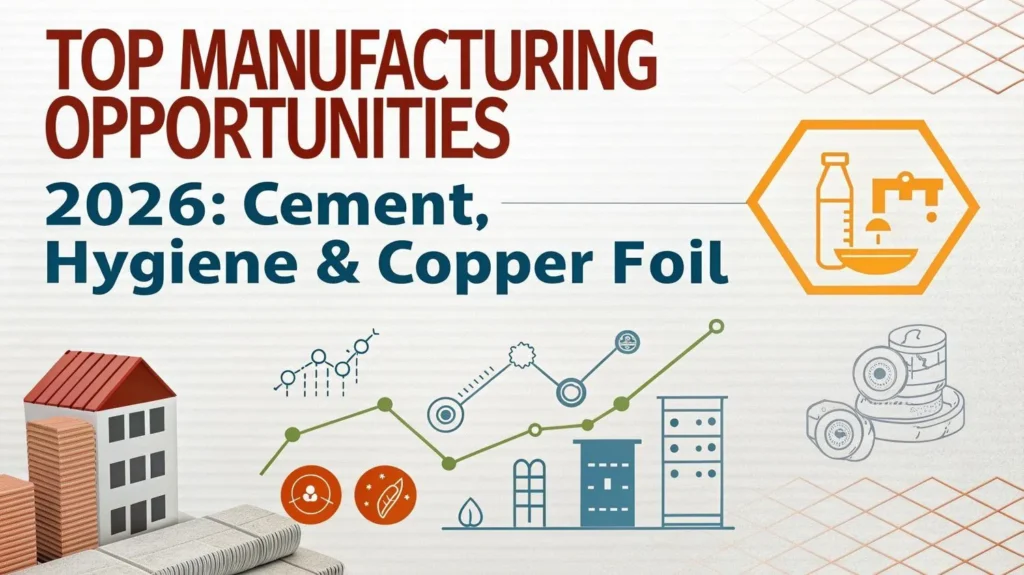With global attention focused on environmental sustainability, managers across various sectors are working to reduce the carbon footprint of their manufacturing. The automotive industry is no exception, as companies actively explore long-term sustainable practices to address climate change and resource depletion. By implementing these strategies, the automotive industry not only helps preserve the environment but also stays competitive in the growing green market.
Why Sustainability Matters in the Automotive Industry
The automotive industry is one of the world’s most resource-intensive industries. The industry is also among those that contribute a large share of the greenhouse gases produced by the world. Negative impacts on the environment have always been associated with it-from the stages of raw materials extraction through the actual manufacturing process to the disposal of vehicles at the end of their life. In the recent past, however, even as these negative impacts continued to be felt, there was much increased momentum in the drive for sustainability, with many manufacturers beginning to acknowledge the need to integrate, in practice, greener processes.
Also Read:
Several factors drive the transformation to sustainable automotive manufacturing:
- Regulatory pressures: Governments around the globe have been hitting the industry with more stringent environmental regulations in terms of emissions standards and reduction targets in wastes.
- Consumer demand: Environmentally concerned consumers more and more prefer companies that share their values, prompting automakers to implement sustainable practices.
- Cost savings: High energy use, large amounts of waste, and, consequently, high operation costs make a case for reduced consumption with going green.
In this way, the automotive industry will enable environmental damage reduction while ensuring long-term business competitiveness/interests.
Sustainable Practices in Automotive Manufacturing
Green Manufacturing Technologies
The automotive industry is among the most resource-consuming sectors in the world, and so, among sectors, it contributes largely to the greenhouse gases produced by the world. The environment has always affected it from the state of raw material extraction through the production process and finally to when a car has reached the end of its life. However, in the recent past, while the threats continued to be felt, the movement toward sustainability surged ahead, much increasing the number of manufacturers who realized that they had to integrate greener-working processes into the practice.
Transformative forces for changing automotive manufacturing to sustainable include:
- Regulatory pressures: With emission standards and waste reduction targets tightening globally, countries are also tightening their regulations in that direction.
- Consumer demand: They go to greater lengths, buying from companies that share their values of being environmentally vibrant.
- Cost savings: High energy use, large amounts of waste, and, consequently, high operation expenses make a case for reduced consumption with going green.
Read Our Project Reports
- Auto Brake Pad and Auto Brake Shoe Production Business
- PLASTIC INJECTION MOULDING PLANT FOR AUTO PARTS
- Helmet Manufacturing
Sustainable Materials in Auto Parts
Switching from conventional materials like steel and plastic to more environmentally friendly alternatives is embraced by all automakers: this is the much-acclaimed mark of the use of sustainable materials in automotive manufacturing, which significantly decreases the environmental burden of vehicles on the surface.
Lightweight Materials: Aluminum and fiber-reinforced composites are becoming more widely used to lighten a vehicle and hence increase its fuel efficiency while lowering emissions. After all, such materials reduce the environmental impact during the resource extraction and manufacture because of their reduced need for raw materials and lesser energy.
Recycled Materials: Many manufacturers are increasingly turning to such recycled inputs, such as steel, glass, and plastic, in order to create less environmentally damaging vehicles. Thus, BMW integrates recycled plastic bottles into its vehicle interiors as part of the recycling process.
Bio-based Plastics: These are about developing biobased plastics through renewable sources like plants.Â
Such principles will enable the automotive sector to realize major reductions in ecological footprints that are consistent with promise in a circular economy.
Electric Vehicles (EVs) and Hybrid Vehicles
The introduction of electric vehicles (EVs) and hybrid cars has probably made the most significant advancements in greening automobiles. These types of vehicles consume energy entirely from electricity (or from an internal combustion engine counterpart) and have lower emissions than traditional ICE vehicles.
Battery Recycling: Increased use has triggered the requirement for advancement in battery technologies with respect to sustainability. Manufacturers are in the process of developing solutions for battery recycling, which will lessen the associated environmental footprint of developing and disposing of batteries.
Charging Infrastructure: Complementary efforts play a key role in driving the adoption of EVs. To support this, governments and private companies are actively investing in building a widespread network of fast and efficient charging stations to accelerate electric vehicle growth.
Again, the expansion of EVs and hybrid automobiles constitutes a major shift toward greening in the automotive industry in terms of reduced greenhouse gas emissions and drops of dependence on fossil fuels.
Also Read:
Waste Reduction and Recycling
Waste reduction is becoming very vital to sustainable automobile manufacturing. Today, most automobile manufacturers focus on transforming the waste created during the production process by using lean manufacturing techniques and recycled system improvements. For instance:
- Recycling Old Vehicles: This will be the other significant component in the sustainable automotive manufacturing process—how they will recycle their life vehicles toward the end. Companies are developing their dismantling and recycling processes to obtain metals and plastics and use them in new vehicles.
The Future of Sustainable Automotive Manufacturing
The development of sustainability is closely link to the future of the automotive industry, primarily due to consumer demand for eco-friendly products, heighten regulatory requirements, and technological innovation. The above factors will continue to accelerate the demands on the automotive manufacturing sector for the newer, safer, and flexible sustainable production.
Key developments, such as electric vehicles or autonomous driving technologies, will continue to innovate. Importantly, multinational partnerships that bring together governments, manufacturers, and research institutions will optimally create opportunities to support cleaner manufacturing technologies.
Sustainability will be more than an ideal; it will be the foundation of their activities. Those who meet these changes would thereby reduce their damage to the environment while transforming with the new developing market.
Read Our Books
How to Start Sustainable Practices in Your Manufacturing Business
There is lots to learn here if you want to integrate any sustainable practice in your automotive manufacturing operations. Start by reviewing your current production methods to identify improvements in energy use, waste reduction, and sustainable materials. For more insights on green practices in the automotive industry, visit Niir.org.






